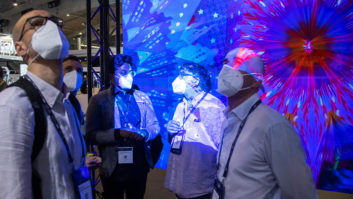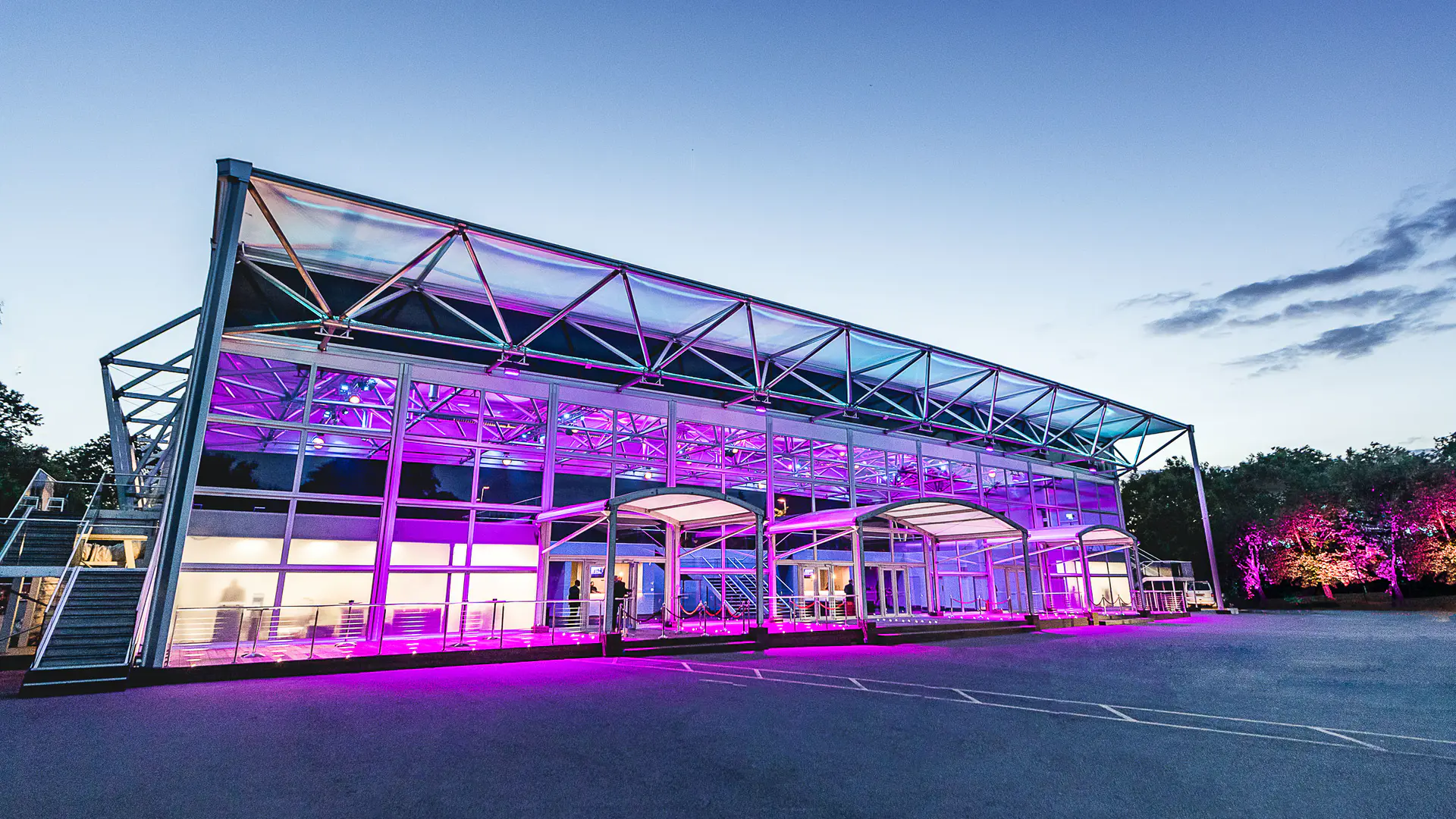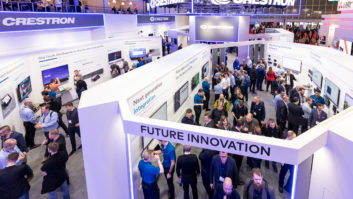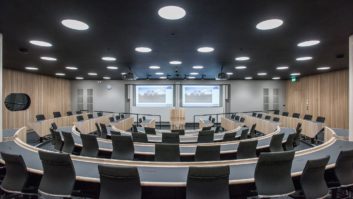
Face-to-face meetings are valuable. Small business owners, ever sensitive to the bottom line, know it. According to a study by the Meetings mean Business website, more than two thirds of small business owners (77%) say in-person meetings yield a healthy return on investment. Among those who specialise in technology, that number is noticeably higher, at 95%.
So what makes an effective meeting? Google, with Project Aristotle, has performed probably the most detailed study into effective teams, documented by the New York Times. It reports: ‘As the researchers studied the groups, however, they noticed two behaviours that all the good teams generally shared. First, on the good teams, members spoke in roughly the same proportion, a phenomenon the researchers referred to as ‘‘equality in distribution of conversational turn-taking.’’ On some teams, everyone spoke during each task; on others, leadership shifted among teammates from assignment to assignment. But in each case, by the end of the day, everyone had spoken roughly the same amount. ‘‘As long as everyone got a chance to talk, the team did well. But if only one person or a small group spoke all the time, the collective intelligence declined.’’’
The changing collaboration model
The key therefore to effective teams and meetings is to prioritise gathering in-person and provide the tools and technology that enable true collaborative working. Teams need to share information continuously to ensure that the viewpoint of every professional on the team is fully captured and encompassed in the final outcome. The challenge is that different individuals will use different platforms to collate and analyse information. Their preferences are often a function of their professional specialisation. For example, a geophysicist may use a 3D visualisation application on an Android tablet, the team accountant will be comfortable with spreadsheets on a laptop, and business analysts have their own business intelligence backbones in the cloud, maybe accessed from an iPad. It is essential that collaboration tools are fully flexible allowing information from any application on any device to be seamlessly shared with the whole team.
This is where the old paradigm of the single presenter, single video cable breaks down. Collaboration means multiple people freely sharing thoughts, ideas, and content through a single screen which commands the attention of all participants. Freely sharing content from multiple devices, from multiple team members, from anywhere regardless of application or data type, can only be achieved with wireless connectivity.
“The technology deployed in these spaces must be flexible enough to match the needs of the space and the discussion type”
Where are collaborative meetings taking place?
These collaborative meetings are taking place in an increasing variety of spaces, even in corridors and canteens that aren’t designed for meetings in the first place. The architecture, furniture and technology provided in and outside meeting rooms needs to support the type of interactions that are taking place.
A creative ‘blue sky’ meeting might be held in a space surrounded by whiteboards and other tools to support out of the box free thinking. A decision-making meeting might take place in a space to encourage more linear thinking with a moderated discussion. The technology deployed in these spaces must be flexible enough to match the needs of the space and the discussion type. To support conversations in transitional or shared spaces any screen in the building needs to become available for collaboration.
Google is an exception: in the main, corporates don’t fully know how effective meetings are and how well the technology that they install to support them works. We need more data. To be helpful, management solutions need to go beyond defect notification to provide live data on how the technology is being used. What proportion of meeting participants are actively using the technology to place information on the screen and what proportion are watching passively? Were remote users brought into the meeting and to what extent did they interact? How do participants rate the value of the meeting and the collaboration?
The future of collaboration
I see two major emerging trends going forward. The first is to be more inclusive of remote participants and allow them the same information access and sharing capabilities as in-room participants. Video teleconferencing products evolved from telephony – it’s time that these technologies embrace the ease of use and collaborative features enjoyed by in-room meetings such as multiple users sharing content at the same time or highlighting content simultaneously to emphasise key parts of a discussion. The second is allowing more flexible use of screens in a building outside designated meeting spaces for collaboration and meeting space displays to show signage content.







